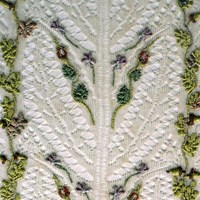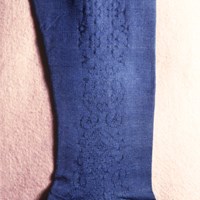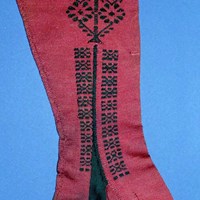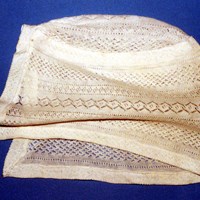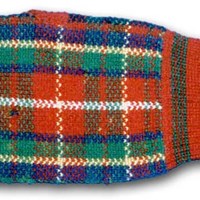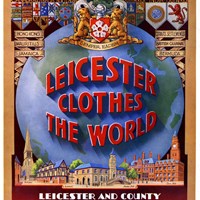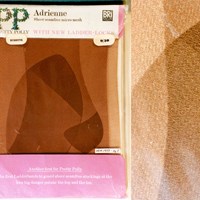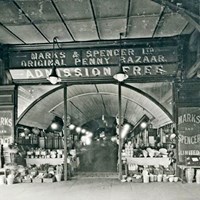Industry Timeline
From the beginning to present day; a detailed history of knitting in the East Midlands over the last 500 years.
Hand and machine knitted fabric is created by interlocking a series of loops. The loops (stitches) are interlocked using a needle to hold the existing loop while a new loop is formed in front of the old loop.
Find out moreWhere it all started, covering the woollen industry the origins of knitting across the East Midlands.
Find out moreThe industry started coming into it's own with new inventions bringing the price of garments down to a price affordable to the wider public.
Find out moreThe need for cheaper garments and lower wages led to riots and rebellions among workers resulting in the forming of the first knitting Trade Unions.
Find out moreHome working was still the industry standard for framework knitters and the resistance to factory production was strong.
Find out moreBetween 1840 and 1860 Britain experienced a period of rapid economical growth. The rail network in Britain expanded to around 10,000 miles of track meaning goods could be transported across the country within a matter of hours. Opportunities for business opened up and the economy boomed.
Find out morePrevious decades had seen the controls and rationing of wartime Britain gradually removed. Prosperity increased and people were able to buy an expanding range of consumer goods. British companies faced competition from overseas leading to inevitable mergers.
Find out moreMichael Marks arrived in Britain during the 1880s to escape the persecution of Jews in Russian Poland. In 1884 he set up a stall in Leeds' Kirkgate open market where he sold a range of household goods with a fixed price tag of one penny.
Find out moreGlobalisation had a huge impact ion the knitting industry in the Midlands with some companies opening overseas factories. The 1970s also saw the introduction of early computer-aided design (CAD) and computer-aided manufacturing (CAM) systems.
Find out more